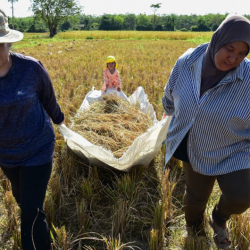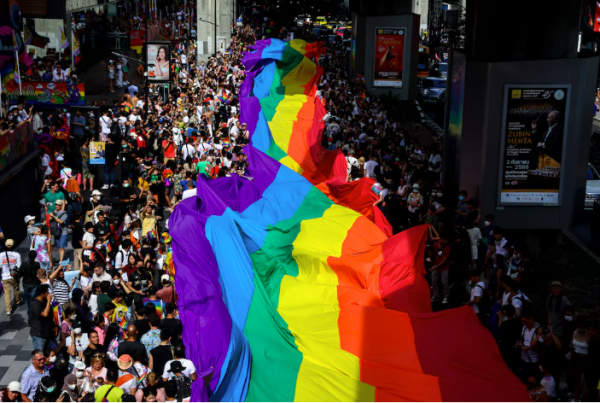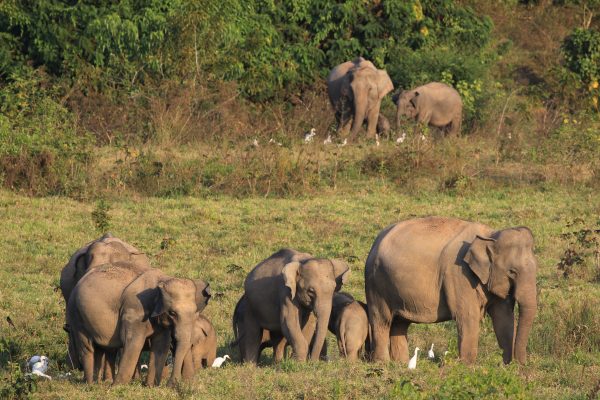Magnificence on elephant back

Lots of colour, smiles, elaborate costumes, fanfare and, of course, a herd of elephants will enchant visitors to Surin in Northeast Thailand, as the country’s oldest mahout community celebrates the Buad Nak Chang Festival in early May.
Also known as the Elephant Ordination Festival, this rare celebration is a mass monk ordination procession that takes place on elephant back.
The unique ordination is held at Baan Ta Klang (Thailand’ largest elephant village) from May 2 – 4, and it’s fun for visitors to arrive a few days earlier to explore the village in what is, for most, a once-in-a-lifetime experience.
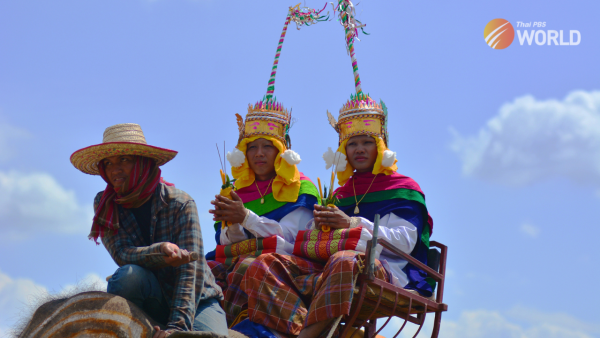
In Buddhism, the elephant has long been associated with contributing to the religion. The pachyderm is often depicted in murals offering a beehive to the Lord Buddha and in statues guarding the stairway to chapels.
However, in Baan Ta Klan, elephants mean a whole lot more. The gentle creatures are treated as family members in the village. They assist with farm work, play with the children, and can even transport them to school if necessary.
When it comes to the rite of ordination, the elephant carries its “brother”, a monk-to-be or “Nak”, to the temple and the ordination hall.

As original as they are colourful, the rituals of the Elephant Ordination Festival have been passed down through generations of the Kui people in Baan Ta Klang. Every year, about 30 elephants take part in the Elephant Ordination. Visitors can expect to see many more elephants in the parade next week, as the locals aim to boost tourism after the quiet years of the Covid-19 pandemic.
The festival starts several days before the ordination, with the pachyderms standing patiently as they are washed, decorated and groomed in all their finery by their loving mahouts. Fine embroidered velvet rugs are placed on their heads and backs while their skin becomes resplendent with colourful motifs.
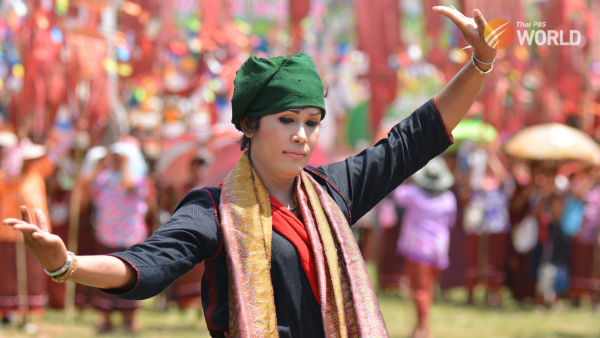
The ordination day begins with an enthralling parade of magnificent elephants adorned with colourful patterns and embroidered garments. Perched on the backs of the elephants, the young Kui are also dressed up for their special day, putting on traditional crimson sarongs, white shirts and brightly coloured cloaks. With elaborate headdresses and parasols, the young men look less like monks and more like young princes on elephant back.
Long before there was an ordination hall, ordinations in Thailand’s countryside took place on sandbars and small islands in the river. This custom was consistent with the story of Prince Siddhartha, who abandoned his opulent life for a monastic life by the river.
From the elephant village of Baan Ta Klang to the ordination hall, the elephant ordination procession will negotiate the waters of the Chi River to delighted squeals from the visitors.
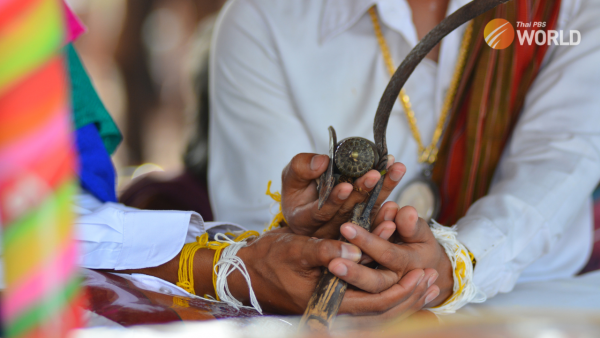
IF YOU GO
Surin is around a five-and-a-half hour drive and 430 kilometres east of Bangkok. Public buses depart daily from Bangkok’s Northern Terminal (Mor Chit) for Surin. AirAsia also operates flights between Bangkok and Buriram, from where the Elephant Village is about an hour’s drive.
By Thai PBS World Feature Desk


